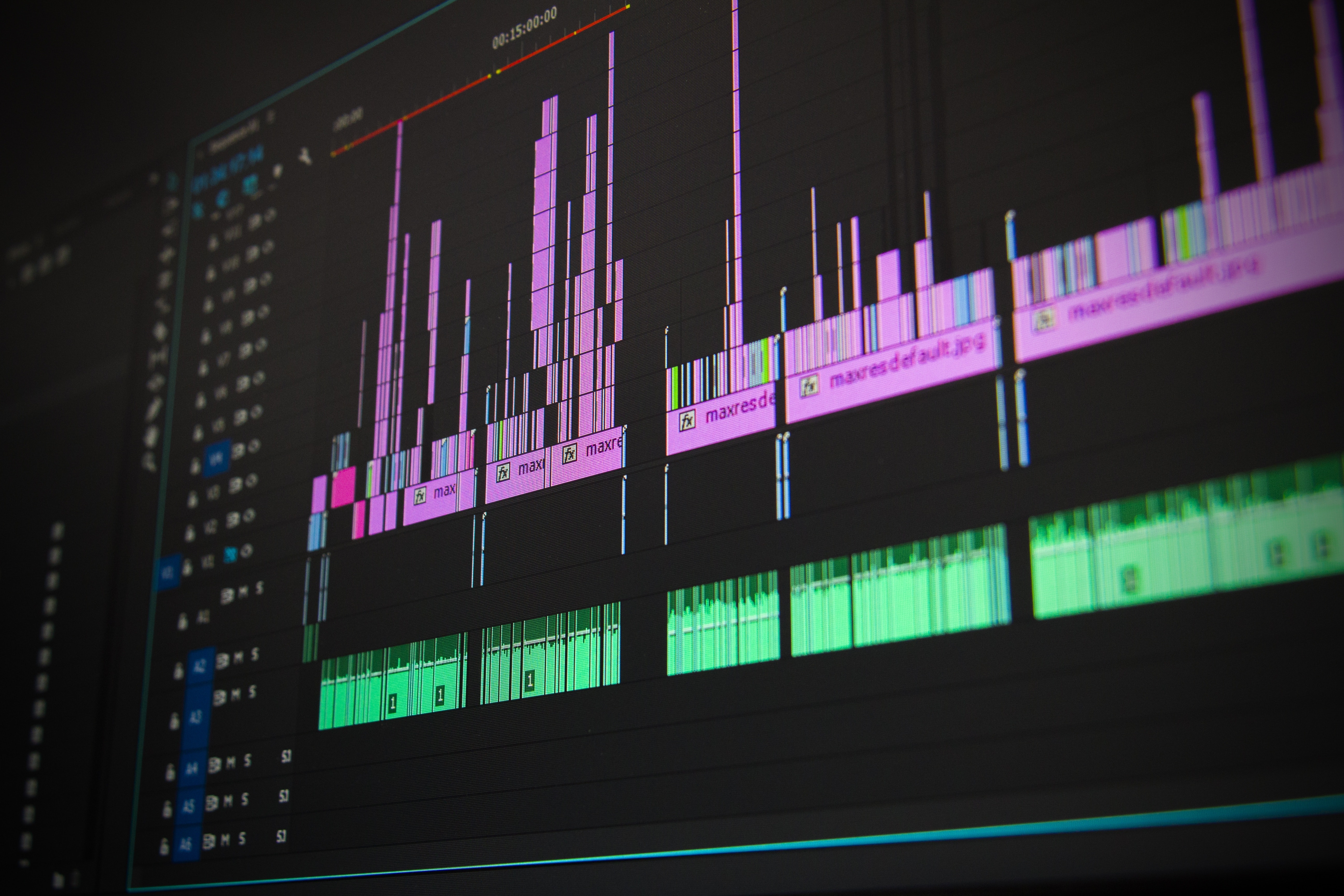A Decade of Expensive Video Lessons for K-16 Math Entrepreneurs
By Dan Meyer Dec 23, 2019
This op-ed is part of a series of reflections on the past decade in education technology. Dan Meyer is chief academic officer at Desmos, and was previously a high school math teacher. He frequently shares his musings and insights on math education on his popular blog.
Entrepreneurs had a mixed decade in K-16 math education. They accurately read the landscape in at least two ways: a) learning math is enormously challenging for most students, and b) computers are great at a lot of tasks.
But they misunderstood why math is challenging to learn and put computers to work on the wrong task.
Founders and funders of math education startups decided that the challenge of teaching the subject was that students weren’t hearing the right explanations at the right time. Meanwhile, they noticed that computers were adept at storing, delivering, and rewinding data like explanations—video explanations, text explanations, even explanations that were personalized with a student’s favorite sports team, movie star or condiment.
As a result, institutions and individuals used computers to create huge banks of prerecorded explanations, delivering them digitally to students based on the results of multiple-choice quizzes. Then they promised that this resource would permanently change the nature of schooling and predicted that video recordings of celebrity professors would drive the number of universities down to ten within 50 years.
There have been very few demonstrations of any kind of efficacy. Meanwhile, a high-profile experiment at San Jose State University saw students from under-resourced communities further disadvantaged by this instructional model.
Many startups in the last decade were convinced this model would revolutionize K-16 education. Very few of them have maintained those commitments. Some have pivoted into corporate training where students are paid to attend class. Some have put their video explanations into the service of test preparation. And more than one has been sold at a steep discount from their valuation in the early half of the decade.
A lot of people invested a lot of money and a lot of time to learn several lessons:
- Multiple-choice tests do not offer useful insights into the complex ways students come to learn mathematics.
- The explanation that is “right” varies person to person, even for the same math topic.
- The ability to rewind and replay the wrong explanation isn’t helpful.
Finally, “explanations” are the wrong stimulus for learning altogether. Teachers and students learn best in conversation with one another, where early ideas can be interpreted, celebrated, and elaborated. Where students can ask one another: “Wait, how are you seeing it?” And where teachers can change their metaphors and illustrations in real-time depending on the knowledge their students bring to class that day. This is the personalization that has eluded our most powerful computers and machine-learning algorithms for the last decade.
Computers are great at storing, delivering and rewinding explanations, but that isn’t what math education needs. Math education needs visualizations that provoke students wonder mathematically. It needs a creative palette that enables students to express their mathematical ideas more fully. It needs to connect ideas and people together so that students and teachers can learn from each other’s mathematical creativity.
Here’s happy news for math edtech entrepreneurs in the next decade. Computers are great at the right tasks too: visualization, creation, and connection. Let’s put them to work.
Dan Meyer (@ddmeyer) is chief academic officer at Desmos.
